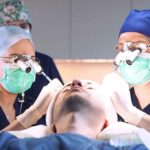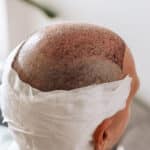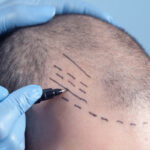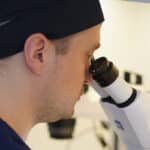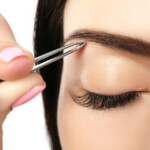Many men wonder how to grow a beard that is thick, well-groomed, and adds character and confidence. Achieving the perfect beard, however, is not easy and requires following a few key rules. Below we present 10 effective ways to grow a beard.
How to grow a beard?
The first step to growing a beard is patience. Facial hair grows at different speeds, and full coverage of a given area may take from several weeks to several months. In the first weeks, the beard may look messy, but it is important not to give up and allow it time to grow evenly.
Equally important is a healthy diet, which affects the quality and speed of hair growth. Eating foods rich in protein, vitamins, and minerals supports healthy hair growth. It is also worth adding nuts, fish, eggs, and leafy vegetables to your diet.
Dr. Katarzyna Osipowicz, dermatologist and trichologist, notes: “A healthy diet rich in protein and vitamins is extremely important for beard growth. It is also worth regularly moisturizing the facial skin to prevent irritation.”
Facial skin must be properly moisturized to prevent itching and flaking. It is worth using beard oils that moisturize both the skin and the hair. Popular oils include argan oil, jojoba oil, and hemp seed oil.
Keeping the beard clean is extremely important. Regularly washing this area with a special beard shampoo helps remove impurities and excess sebum, which causes skin irritation. It is recommended to wash the beard at least twice a week.
Using balms and waxes
Beard balms and waxes help maintain shape and prevent frizz. Balm moisturizes the hair, while wax tames it, which is especially useful for longer beards.
Regular trimming
Regular trimming of the beard is key, even when you are just starting to grow it. Trimming helps maintain a healthy look, removes split ends, and allows for better shaping of the beard. It is best to use the services of a professional barber who will help choose the right beard shape.
Facial massage
Facial massage stimulates blood circulation, which supports hair growth. Gently massaging the skin of the face for a few minutes daily can speed up the beard-growing process. You can use special massagers or simply your own fingers.
Avoiding stress
Stress negatively affects the whole body, including hair growth. Therefore, you should try to avoid stressful situations and ensure adequate sleep. Relaxation techniques such as meditation or yoga can be very helpful.
Dietary supplements
If your diet does not provide all the necessary nutrients, consider supplementation. Supplements containing biotin, B vitamins, and minerals may support beard growth. Before starting supplementation, it is advisable to consult a doctor.
Avoiding harmful habits
Smoking and excessive alcohol consumption can negatively affect hair health. Therefore, it is worth avoiding these habits to give your beard the best conditions for growth. A healthy lifestyle, regular physical activity, and proper hydration also play an important role.
How to grow a beard with sparse facial hair?
Many men wonder how to grow a beard with sparse facial hair. Although it may seem challenging, it is certainly possible if you follow the right strategy. In the first weeks, avoid trimming or shaping your beard and let the hair grow naturally. This is very important because hair grows at different speeds. In addition, if the beard grows very poorly, it is worth consulting a dermatologist. A specialist can diagnose potential skin problems and suggest appropriate treatment.
Dr. Piotr Turkowski, trichologist and hair transplant specialist, says: “Growing a beard requires patience and proper care. The key is to use the right products that support healthy hair growth.”
How to start growing a beard when traditional methods have failed?
One method that helps men struggling with natural beard growth is beard transplant with the FUE method. This advanced technique allows hair to be transplanted from other parts of the body to the face, creating a fuller and more even beard. The procedure begins with a consultation with a specialist. During this visit, the patient’s expectations are discussed, the doctor evaluates the beard, and determines if he is a suitable candidate. The specialist may also perform tests to ensure there are no contraindications.
Read more: Beard transplant – procedure, results after thickening
After the consultation, the doctor plans the procedure, determining the number of grafts needed and the donor areas. An FUE transplant requires precise planning to ensure a natural-looking beard and correct placement of transplanted hairs. Before the procedure, the patient should follow the doctor’s instructions, such as avoiding smoking, alcohol, and certain medications that affect blood clotting.
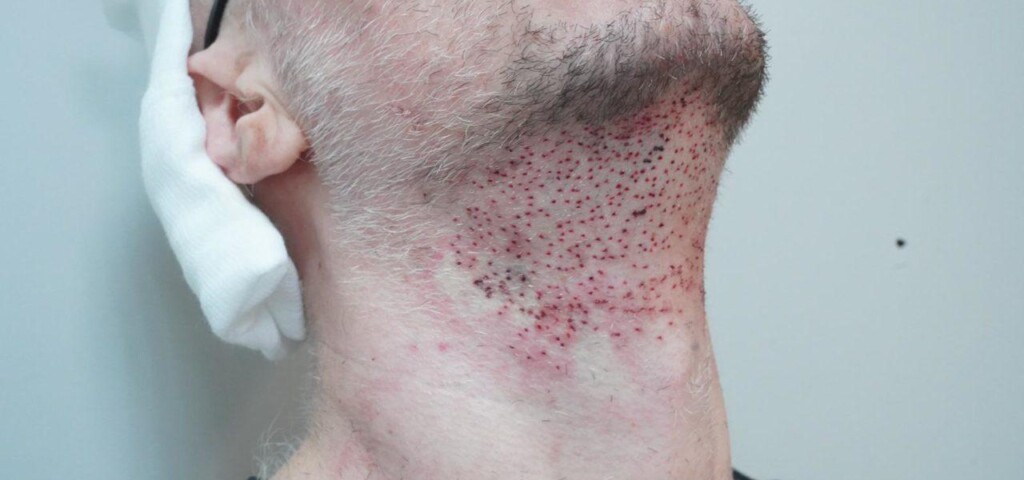
The procedure begins with anesthesia in the donor area. Then, using a special tool, individual hair follicles are harvested. Each follicle is carefully extracted to avoid damaging the surrounding skin. After collecting enough grafts, the doctor anesthetizes the beard area. Using micro-needles, small incisions are made where the follicles will be implanted. It is important to make incisions in the right directions to achieve a natural look. The follicles are then carefully implanted into the prepared incisions.
After the procedure, the patient may feel mild discomfort and swelling in the donor and recipient areas. The doctor will prescribe painkillers and antibiotics to prevent infection. During recovery, it is important to avoid touching the transplanted areas and to follow hygiene recommendations.
When is FUE beard transplant recommended?
The dream of many men is a thick and even beard. How to grow it when hair won’t grow? In such cases, an FUE hair transplant is helpful. This type of procedure is especially recommended for people who:
- have genetically weak beard growth – many men are predisposed to sparse, uneven facial hair. Even with the best care and a healthy diet, facial hair may grow very poorly. FUE transplant can fill in beard gaps in such cases, giving a more even and dense appearance,
- have facial scars from surgeries or injuries that cause hairless patches. Hair follicles can be transplanted directly into scars, covering them with hair. This makes scars less visible and the beard looks more uniform,
- have irregular hair growth, causing the beard to look messy. In such cases, FUE allows precise filling of areas where hair grows sparsely,
- have lost hair due to illnesses such as alopecia areata or chemotherapy. After completing treatment and stabilizing health, FUE can help restore beard growth,
- do not see results from traditional beard-growing methods, such as dietary supplements, beard oils, or dietary changes.
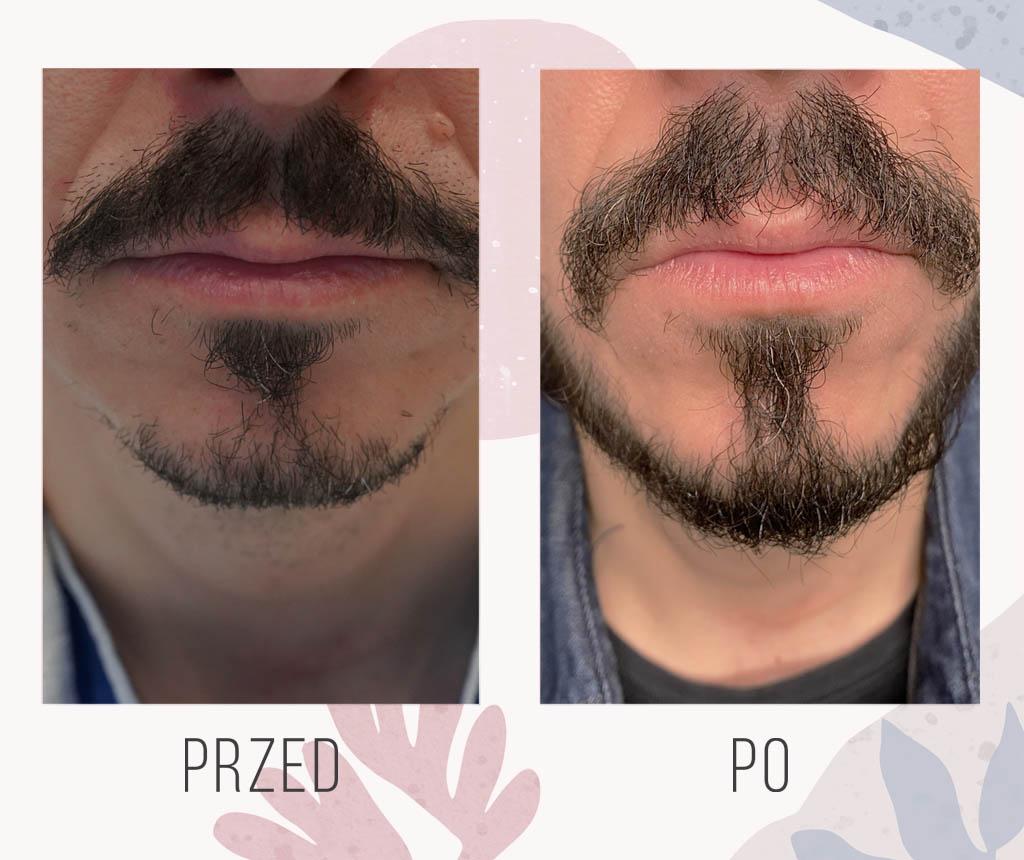
What are the benefits of FUE hair transplant?
Transplanted hair follicles are harvested from the donor area and precisely implanted into the recipient area. Thanks to this, hair grows in a natural direction and looks realistic. The results are practically indistinguishable from natural facial hair. Moreover, the FUE procedure allows hair to be distributed precisely for an even and full beard. Since FUE hardly interferes with the patient’s body, it is possible to return to daily activities much faster. In addition, transplanted hair is resistant to shedding, meaning the results are long-lasting.
At OT.CO Clinic, we specialize in professional advice and treatment of problems related to beard growth. Our patients can benefit from consultations with a trichologist who will examine the causes of hair loss in this area. We encourage you to contact us to learn more about the full range of services we offer.
